Discover 6 hidden attractions, cool sights, and unusual things to do in El Salvador. Don't miss out on these must-see attractions: Plaza Gerardo Barrios (San Salvador), El Boquerón National Park (San Salvador) or Monumento al Divino Salvador del Mundo (San Salvador).
Below, you can find the list of the most amazing places you should visit in El Salvador.
Table of Contents
Plaza Gerardo Barrios, San Salvador
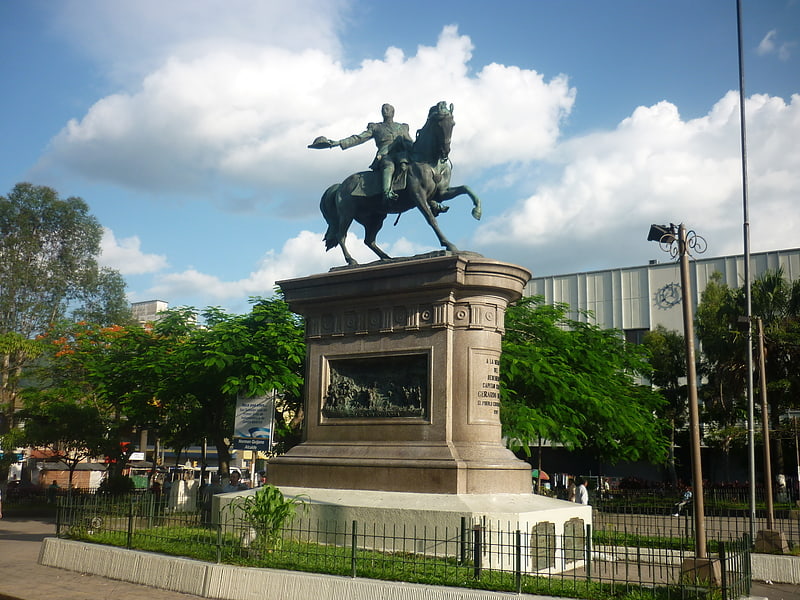
The Plaza Gerardo Barrios is a plaza in the historic center of the city of San Salvador, El Salvador.
The monumental statue in the center of the plaza, dedicated to president Gerardo Barrios, was made by Francisco Durini and inaugurated in 1909. The project for the monument was conceived by brothers Antonio and Carlos Ezeta, with participation of educator Rafael Reyes. The statue, cast in bronze, shows an equestrian statue of the military leader. The statue is placed on a pedestal of granite that shows battle scenes cast in bronze and the coat of arms of El Salvador.
The plaza is an important point of reference for the salvadoran capital because it is surrounded by emblematic structures such as the National Palace and the Metropolitan Cathedral.
It has also been the scene of various historic moments, such as:
- The assassination attempt against president Manuel Araujo (1865–1913), on 4 February 1913, when four men attacked him with machetes. The president died five days later.
- The disturbances on 30 March 1980 during the funeral of archbishop Óscar Romero, assassinated 6 days earlier during a mass.
- The celebration of the end of the Civil War, on 2 February 1992.
- The presidential inauguration of the 2019 presidential election, leaving Nayib Bukele as president of the republic for the period of 2019–2024.
In 1999, the plaza was remodeled during the administration of mayor Héctor Silva, and once more in 2012 during Norman Quijano's administrations, during which a fountain and a ceramic floor was added.
Currently, the plaza is the site of distinct activities of public and religious interest; it is the principal site for the celebration of the patron saint San Salvador during August, since it is where the procession dedicated to the Divine Savior of the World ends, typically called "la bajada". It is also the site of parades.[1]
El Boquerón National Park, San Salvador
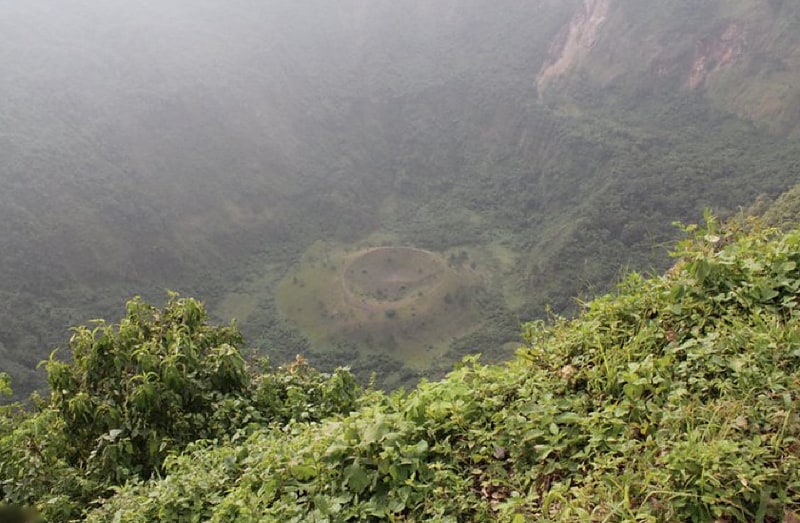
Also known as: Área natural protegida El Boquerón
National park in El Salvador. El Boquerón National Park (Spanish: Parque Nacional El Boquerón, is located on top of the San Salvador Volcano at 5,905 feet the park's main attraction is a crater five kilometers in diameter and 558 meters deep. In addition, there is a small crater within the crater named “Boqueroncito”. El Boquerón has a cool temperate climate year round.
The park is home to many plant species identified as ornamentals such as “cartuchos”, hydrangeas, begonias and wild “sultanas”. There is wildlife such as armahiiiidillos, raccoons, deer, foxes, among others.
The park features a visitors' centre and short hiking trails up the side and along the rim of the crater.[2]
Monumento al Divino Salvador del Mundo, San Salvador
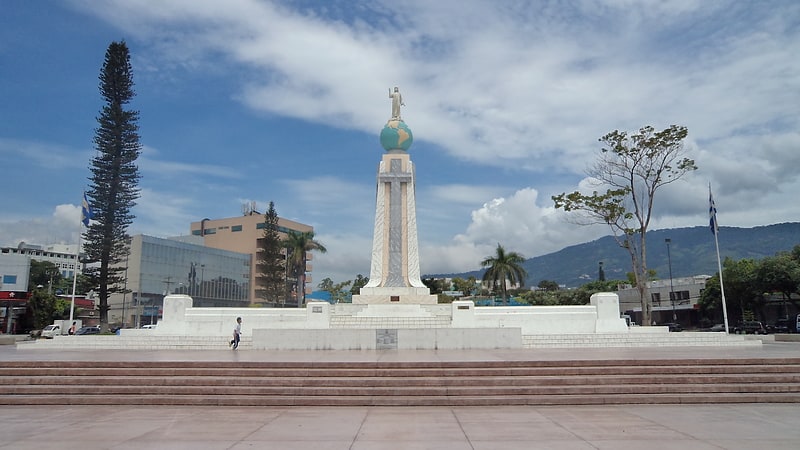
Also known as: Plaza Salvador del Mundo
Landmark statue of Christ atop the globe. Monumento al Divino Salvador del Mundo is a monument located on Plaza El Salvador del Mundo in San Salvador City, El Salvador. It consists of a statue of Jesus Christ standing on top of a global sphere of planet Earth, placed on top of the tall four-sided concrete base pedestal. It is a landmark located in the country's capital San Salvador. It is a symbol that identifies and represents both El Salvador and Salvadorans throughout the world.[3]
Estadio Las Delicias, Santa Tecla
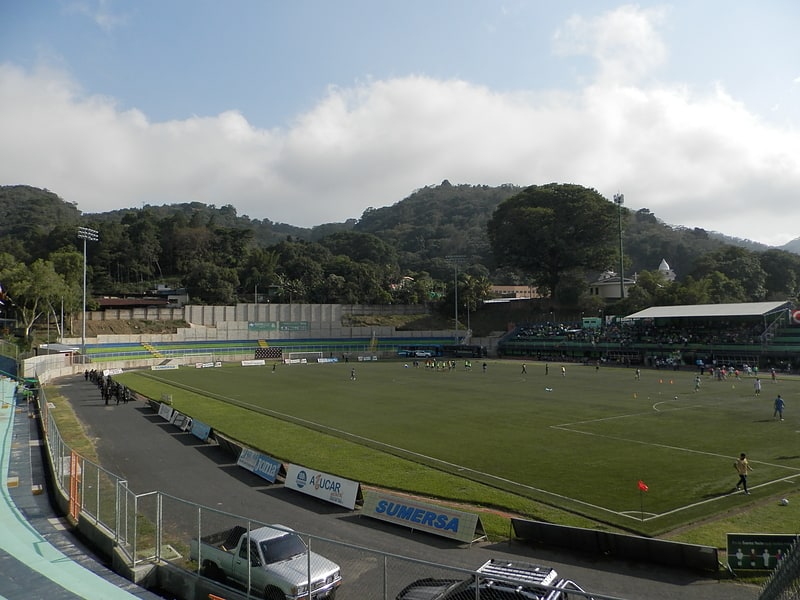
Stadium in Santa Tecla, El Salvador. Estadio Las Delicias is a multi-use stadium in Santa Tecla, El Salvador. It is currently used mostly for football matches and is the home stadium of Santa Tecla F.C. The stadium holds 10,000 spectators.[4]
San Andrés, Santa Tecla
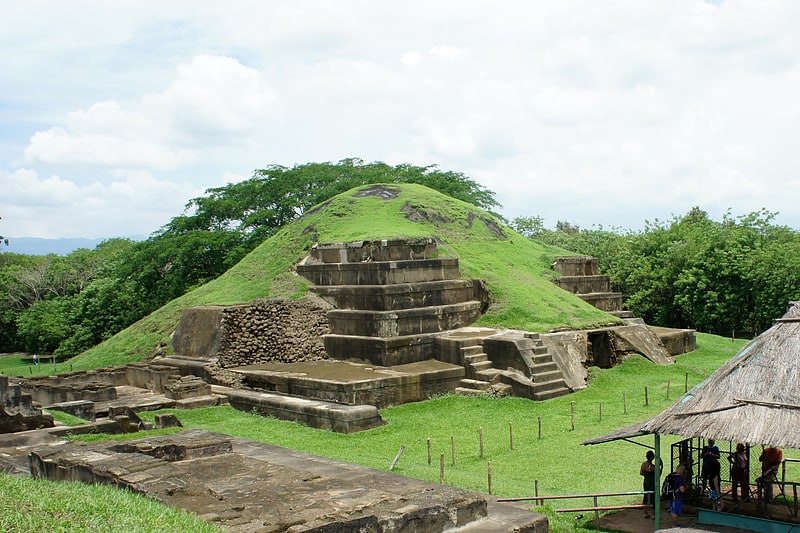
Pre-Columbian ruins of ancient pyramids. San Andrés is a pre-Columbian site in El Salvador, whose occupation began around the year 900 BC as an agricultural town in the valley of Zapotitán in the department of La Libertad. This early establishment was vacated by the year 250 because of the enormous eruption of the caldera of Lago Ilopango, and was occupied again in the 5th Century, along with many other sites in the valley of Zapotitán. Between 600 and 900 AD, San Andrés was the capital of a Maya polity with supremacy over the other establishments of Valle de Zapotitán.
The residential area has not yet been well studied. The investigations and excavations in San Andrés have been primarily of the political-ceremonial center and have revealed that it was divided into the South Seat (from which they governed) and the North Seat. In the year 600, the South Seat was filled with adobe (leaving a tunnel leading to the original seat) to construct the Acropolis, which contains ceremonial and political structures. In the ends to the South and East of the Acropolis are pyramids or structures: 1 (the main pyramid), 2, 3 and 4. In the North ends and the west are a series of rooms where the governors lived (the last palaces of San Andrés) of which two have been reconstructed. To the south of the Acropolis lies structure 7, another ceremonial structure. In the North seat, or Great Seat, is the pyramid or structure 5 (called "La Campana" - the bell) which is united with the Acropolis behind structure 6 (which has the shape of an L). Around structure 5 are the structures where commerce took place.
Archaeology demonstrates that San Andrés had strong contacts with Copán and the Guatemalan Highlands, and received goods from such distant places as the present territories of Petén and Belize. San Andrés collapsed as a political center towards end of the 9th century. The last evidence of pre-Hispanic activity in the site was between the years 900 and 1200 as a residential site that consists of a final layer with fragments of censers and ceramics painted with scenes of sacrifice in Mixteca-Puebla style, which belong to a new cultural phase, named Guazapa, related to the pre-Hispanic city of Cihuatán.
After the Spanish Conquest, the ruins of San Andrés lay within a colonial estate dedicated to cattle and indigo production. The site was buried due to the eruption of the Playón volcano in 1658 AD, preserving the Colonial indigo production almost intact. In 1996, the Government of El Salvador inaugurated the Archaeological Park of San Andrés, where the visitor can climb the pyramids, see the indigo production area, and visit the site museum.[5]
Address: Panamerican Highway, Santa Tecla
Foto Estudio Flores, Santa Tecla
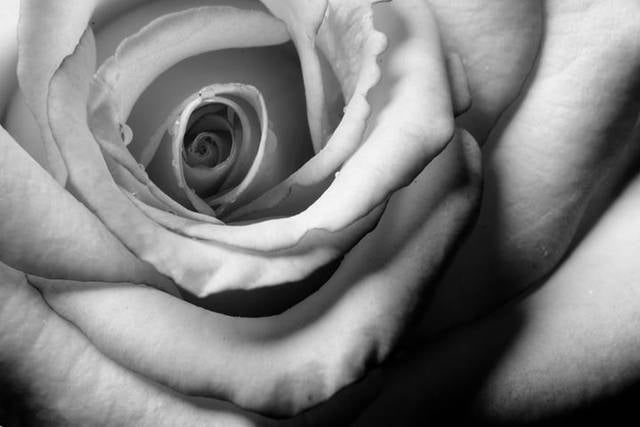
Address: 4 Calle Oriente, Nueva San Salvador. Numero 2-7 13.672079, -89.286314, Santa Tecla